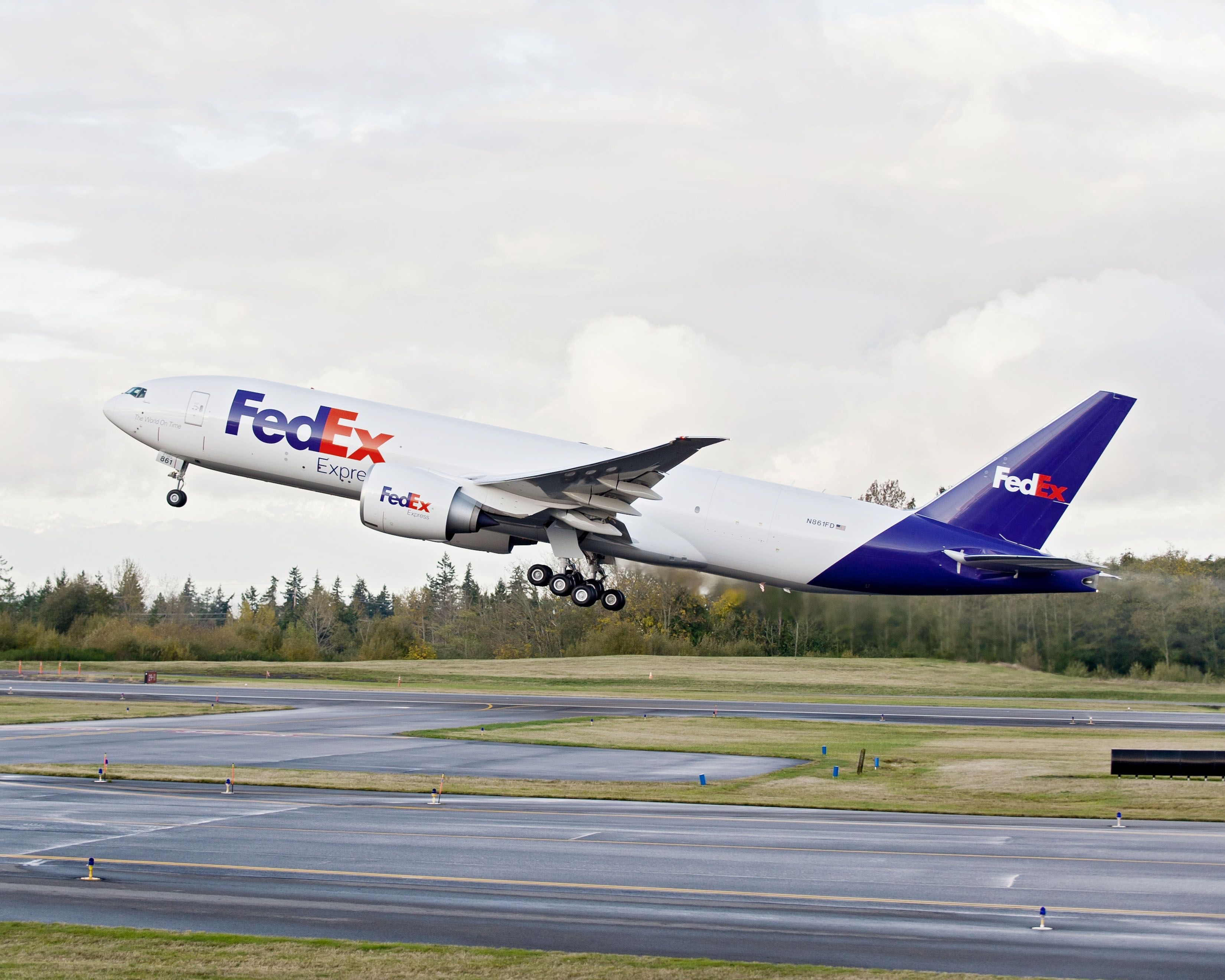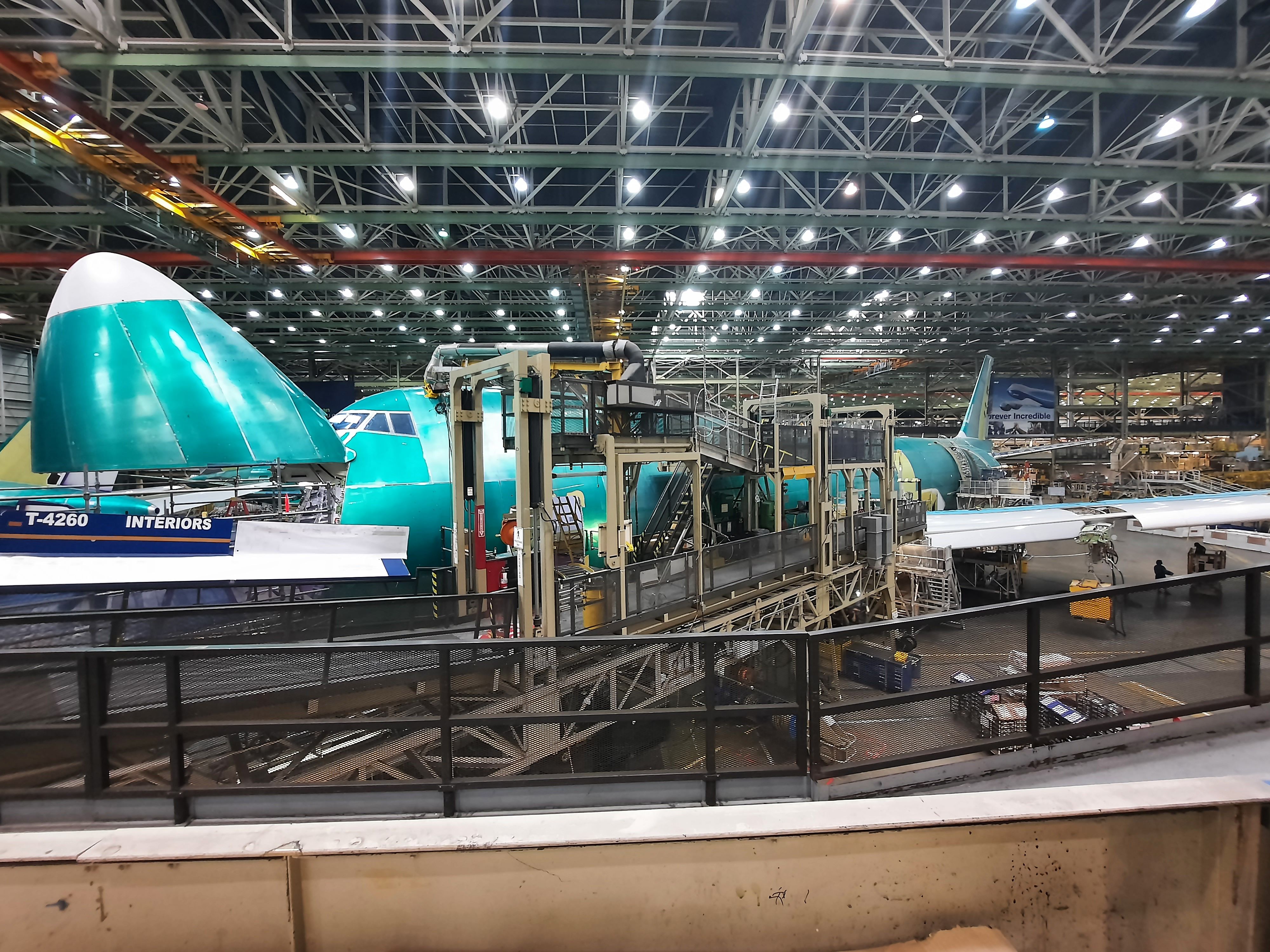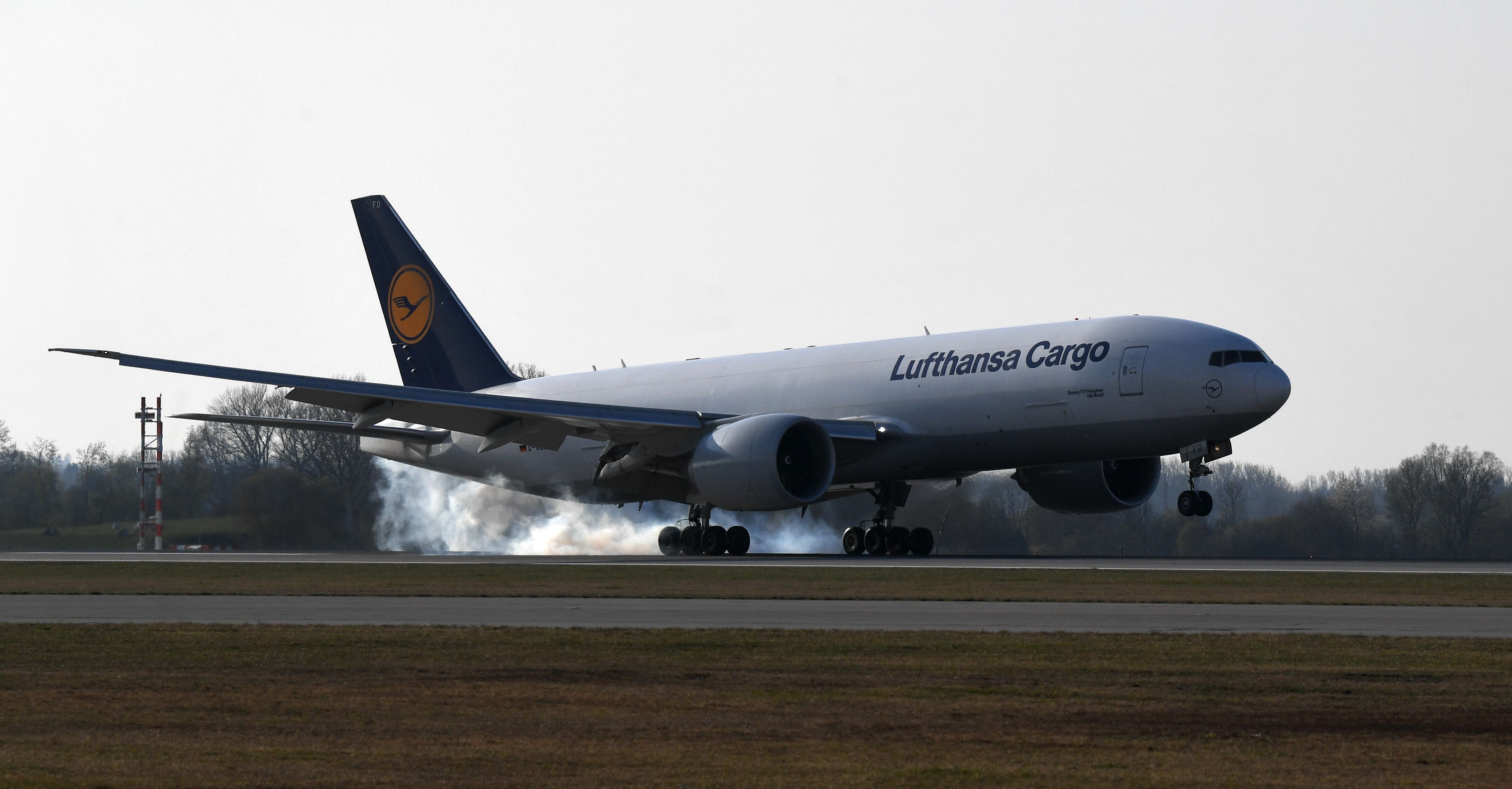After a difficult few years amid the backdrop of concerns regarding coronavirus and the recertification of the 737 MAX family, Boeing enjoyed a record-breaking 2021 when it came to freighter orders. The US manufacturer received more than 200 last year, with these covering variety of different models from its freighter portfolio.
The final 747s
As it happens, high freighter sales were also a strong point for Boeing in 2020. Indeed, speaking at a media presentation last week, Brian Hermesmeyer, the company's Freighter Customer Leader, explained that:
"2021 [was a] pretty remarkable year for freighter sales. And this is coming off of a prior year where we [had a] pretty remarkable year for freighter sales. We set a record in 2021, across all of our freighter platforms (...) [with] over 200 orders across our product line."
The grand total, to be precise, was an impressive 204 aircraft ordered. The least numerous of these marked the end of an era, with the four 747-8s that Atlas Air ordered being the final examples of the 'Queen of the skies' to roll off the production line. Simple Flying had the chance to visit the factory where production of the jet is ending, and you can find our photo tour of the facility here.
Stay informed: Sign up for our daily and weekly aviation news digests.
A lot of love for the 777
Meanwhile, the widebody 777F received over 10 times more orders than the 747-8F, with demand last year totaling 42 aircraft. Atlas Air was also one of the customers for this design, alongside the likes of FedEx, the Lufthansa Group Silkway West Airlines, and an unidentified customer. Hermesmeyer explains that:
"The triple-seven [had] 42 sales last year, and 21 through April this year, so we have really seen a very strong commitment to that platform."
The demand for the 777F is impressive, given that it has stayed high even after Airbus launched the A350F. However, with airfreight playing an important role in the supply chain, it is understandable that operators remain interested in an established aircraft that can be built and delivered faster than an all-new design.
As such, the A350F will instead likely face greater competition from the 777XF. It will also be interesting to see how this next-generation triple-seven freighter affects orders for the 777F, as Boeing will likely want to avoid cannibalization.
The airline industry is always full of new developments! What aviation news will you check out next?
Conversions also remain popular
Of the remaining freighter orders that Boeing received last year, 63 were either examples of the 767-300F or the converted 767-300BCF. Boeing notes that these designs have a 99.1% dispatch reliability rate, and they have combined to receive nearly 400 all-time orders (270 767-300Fs and 114 767-300BCFs). As passenger-carrying 767s get older and older, we may well see more converted for cargo use.
However, Boeing's most popular freighter last year was not a widebody, but rather the 737-800BCF. Conversion orders for this accounted for almost half of Boeing's 204 cargo orders last year, with 95 in total. Hermesmeyer adds:
"This has been a remarkable program for us, with well over 250 orders and commitments, and well over 75 aircraft already in service. We have 12 conversion lines running around the world, mixed between locations in China, Costa Rica, [and] Canada, (...) and we also recently dedicated a line in Gatwick."
Relative to previous-generation designs, these twinjets offer operators a 20% reduction in fuel use and carbon emissions. They also boast 280 more nautical miles (520 km) when it comes to the operational range of the aircraft.




